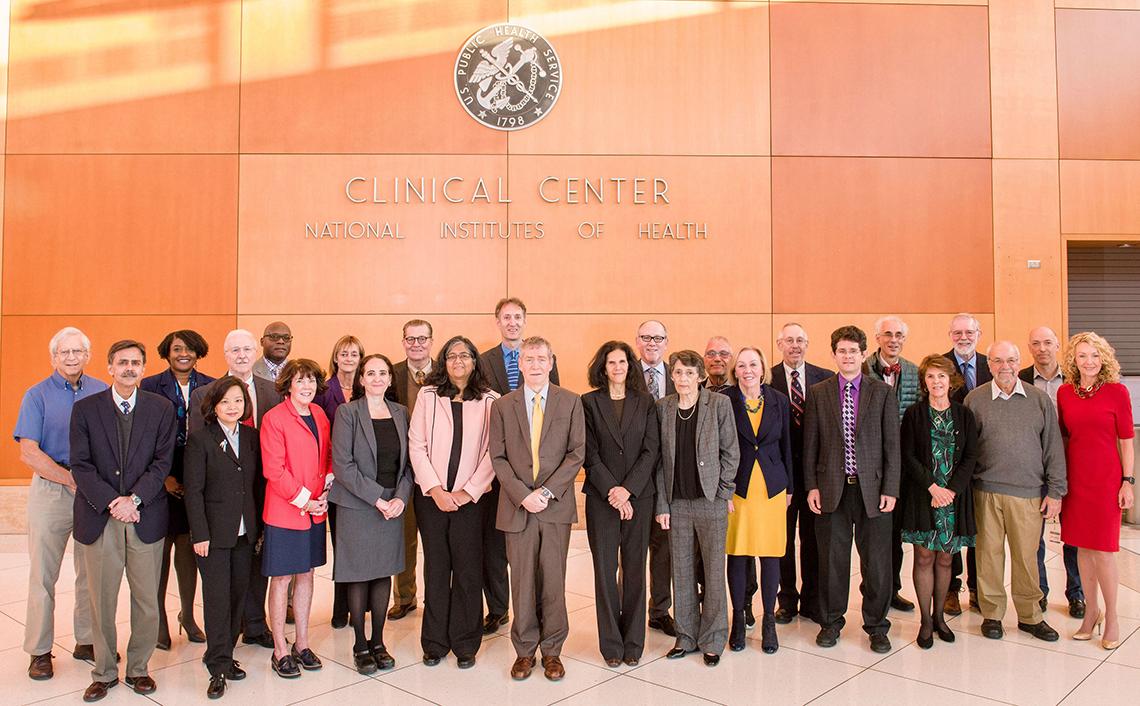Research Needed for Osteoporotic Fracture Prevention

Photo: Andrew Propp
More than 10 million people in the United States have osteoporosis. This condition can lead to bone fractures, which may impair a person’s ability to live independently and even threaten their life. Several Food and Drug Administration-approved medications have been shown to effectively prevent osteoporotic fractures for those at highest risk when used for 3-5 years; however, national trend data show these treatments are under-prescribed and patients are not taking them when prescribed.
Osteoporosis cannot be cured and patients may need long-term therapy with some of the medications. However, there are uncertainties related to gaps in the scientific data about how long osteoporotic preventive medications should be taken and the benefits and harms of using osteoporosis drugs for more than 3-5 years. More research is needed to help individuals and physicians make informed decisions about osteoporosis treatment.
The NIH Office of Disease Prevention, NIA and NIAMS recently co-sponsored the NIH Pathways to Prevention Workshop: Appropriate Use of Drug Therapies for Osteoporotic Fracture Prevention to address these research gaps.
After listening to scientific presentations and patient perspectives on the topic and reading a systematic evidence review and public comments, an independent panel of clinical and public health experts published a report outlining future research priorities. These include increasing the use of innovative research designs to assess optimal treatment duration for osteoporotic drugs, the need for research in diverse patient populations, more research on rare but serious adverse effects and the need to better understand patient and physician barriers to drug therapy.
After the workshop, representatives from across the federal government met to discuss ways to work together to address the panel’s recommendations. They developed an action plan to support more research on several areas, including mechanisms of a couple of rare adverse effects, factors influencing therapy and ways to overcome barriers to treatment.
The group also identified some large existing datasets that researchers could use for further studies and called for collaborative communication efforts. NIAMS and NIA also outlined next steps and plans to address the recommendations, in collaboration with relevant partners.
To help share the results of these meetings, workshop planners and content experts hosted symposium presentations during the annual meetings of both the American Society of Bone and Mineral Research and the Gerontological Society of America.
For more information, visit www.prevention.nih.gov/P2PFracturePrevention.
